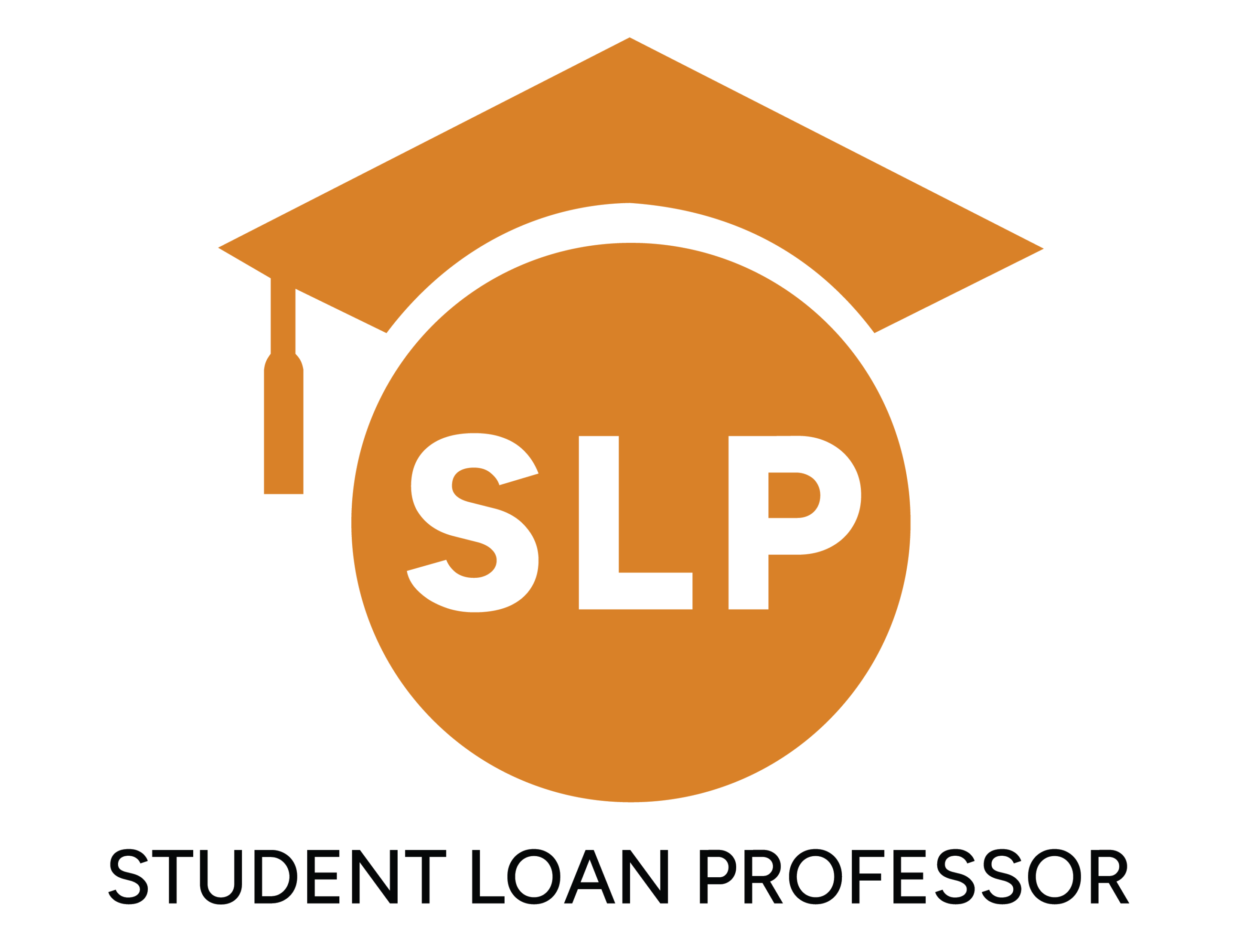August, 2017: Greetings from DWOQ! After a graduation season that saw us counsel over 4000 recent medical graduates and answer all types of inquiries regarding strategy and the marketplace, I wanted to share a few random bits of information and advice with you. I’ll use the “Q&A” format here for posterity:
What exactly constitutes “full-time” employment for Public Service Loan Forgiveness (PSLF)?
While every borrower pursuing PSLF should know this answer, it’s also critical that employers know what they are certifying on the Employment Certification Form (ECF). As recent media attention has brought to light, FedLoans has been quick to accept these forms and confirm qualifying payments, but we can expect the Dept of Education to review forgiveness candidate profiles in much greater detail, and deny eligibility if there are errors or missteps. And errors and missteps, sadly, are far too common due to poor advice from servicers and a lack of program knowledge and support from qualifying employers.
In laymen’s terms, 30 or more hours per week on average for at least 8 months is the minimum full-time requirement… but many employers have their own definition of full-time in their employment contracts, and if that’s the case then this supersedes the minimum requirement. As an example, if your employer states that you must work at least 35 hours to maintain full-time status, then you wouldn’t be eligible for PSLF in any time period you averaged less than that, even if it was over 30 hours.
In the case of two or more employers, it’s rare that both would be full time (‘nuff respect if you have two full-time jobs), so your average hours would just need to be at least 30 in total for all roles.
As you can probably surmise, the certification form is key here, even as it officially remains not mandatory to file. Employers should know what they are signing, and borrowers need to know what impact the form has and what the process should look like. I recently counseled a therapist friend (ironic?) who was a 1099 at a non-profit center (independent contractors are NOT eligible for PSLF); she told me her Director was dangling the “W2” status around the office like a carrot in a seemingly humorous fashion. I offered to run some quick numbers for her and, needless to say, she didn’t think it was very funny when we were done. With $170k in debt and a $35k salary, she would be eligible for over $200k in tax-free forgiveness, which would increase her “effective” salary to over $60k for the next 10 years.
When does interest capitalize on my student loans?
Some borrowers fear that every time they break wind, the interest on their loans capitalizes. Now, if you’re sitting next to me on an airplane, I’m fine with you thinking that. But the reality for early-career graduates using Income-Driven Repayment (IDR) plans is that the absence of capitalization for extended periods can serve as an economic benefit most borrowers don’t consider. While it’s true that capitalization for those who receive tax-free, unlimited loan forgiveness is like not hearing a tree fall in the forest, many graduates today are unsure if they’ll complete 10 years of qualifying employment, and avoiding capitalization will reduce the overall cost of debt. Below are a few key capitalization events to be aware of:
- Interest accruing on Stafford and GradPLUS loans while you’re in-school doesn’t capitalize until after graduation, at the end of your 6-month grace period.
- Here’s how capitalization works in today’s most commonly-used IDR’s:
IBR / New IBR: Interest will only capitalize when you leave the program, or no longer have the hardship (based on debt-to-income ratio) that qualified you.
PAYE: Same as IBR, except when the hardship no longer exists, capitalization is limited to 10% of the principal balance. Remaining and future accrued interest will not capitalize.
REPAYE: Accrued interest is never capitalized as long as you remain in the program. - Interest capitalizes EVERY time you switch repayment programs. Missing an IDR renewal will immediately remove you from the plan and land you in the 10-year standard plan… therefore interest capitalizes. Don’t miss those IDR renewals!
I should also add that if you don’t know what capitalization means, or any of the above programs are unfamiliar to you, you might wanna enlist our help in crunching the numbers and updating your plan. In most cases, tens of thousands or more in savings is on the line. You can start here.
Is refinancing to lower rates suitable for me?
You may have considered, or are considering, refinancing your loans to a lower rate. Certainly, there’s no shortage of lenders out there seeking to transact with you. But is it appropriate? What federal benefits are you giving up? Do you have the right financial and credit profile to get a competitive offer? For many young graduates, the answers to these questions do not support refinancing. Wouldn’t it be nice to know that before you apply, take a hard credit inquiry, and get a high rate or declination after all the effort?
DWOQ offers FREE suitability analysis for anyone who is considering refinancing. If we determine suitability, we’ll introduce a lender, advocate you in the process, and you’ll get paid $200 if your loan funds. It’s really a no-brainer, and you can register in less than 5 minutes here.
If refinancing is suitable for you, the time to act is likely NOW. The Fed has recently raised rates and indicated that more rate hikes are coming. Due to capacity and competition among lenders, rates haven’t risen in the refi marketplace recently, but this anomaly can’t last forever…
Are New IBR and PAYE the same? And if so, which should I choose?
It would seem to me that New IBR, which is becoming available to more and more graduate health professionals next year, is intended to eventually replace PAYE; there’s no reason for both of these programs to continue to exist together. That said, I found one difference between them… and it favors PAYE. New IBR works like the old IBR when it comes to capitalization; as soon as you don’t have a “partial financial hardship,” all accrued interest capitalizes. As you know (because I’m about to tell you), this capitalization is limited to 10% in PAYE. So… as long as PAYE is still around, it’s a better option than New IBR 100% of the time IMHO. Case closed.DWOQ out.
’til DEBT do us part,
Brandon Barfield is the President and Co-Founder of Student Loan Professor, and is nationally known as student loan expert for graduate health professions. Since 2011, Brandon has given hundreds of loan repayment presentations for schools, hospitals, and medical conferences across the country. With his diverse background in financial aid, financial planning and student loan advisory, Brandon has a broad understanding of the intricacies surrounding student loans, loan repayment strategies, and how they should be considered when graduates make other financial decisions.




